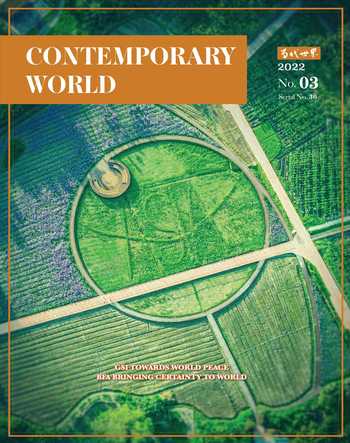China-ASEAN Mutual Trust
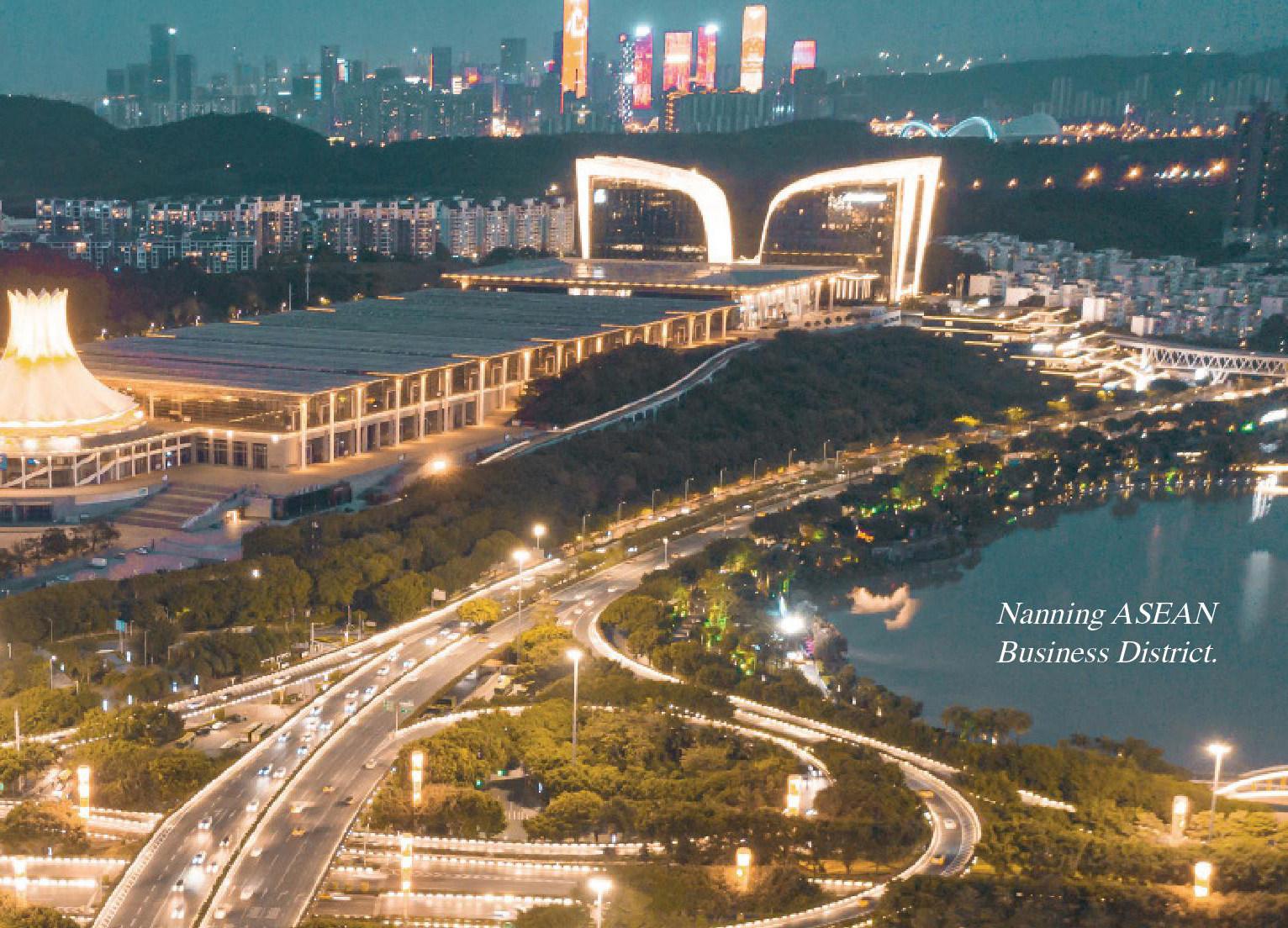
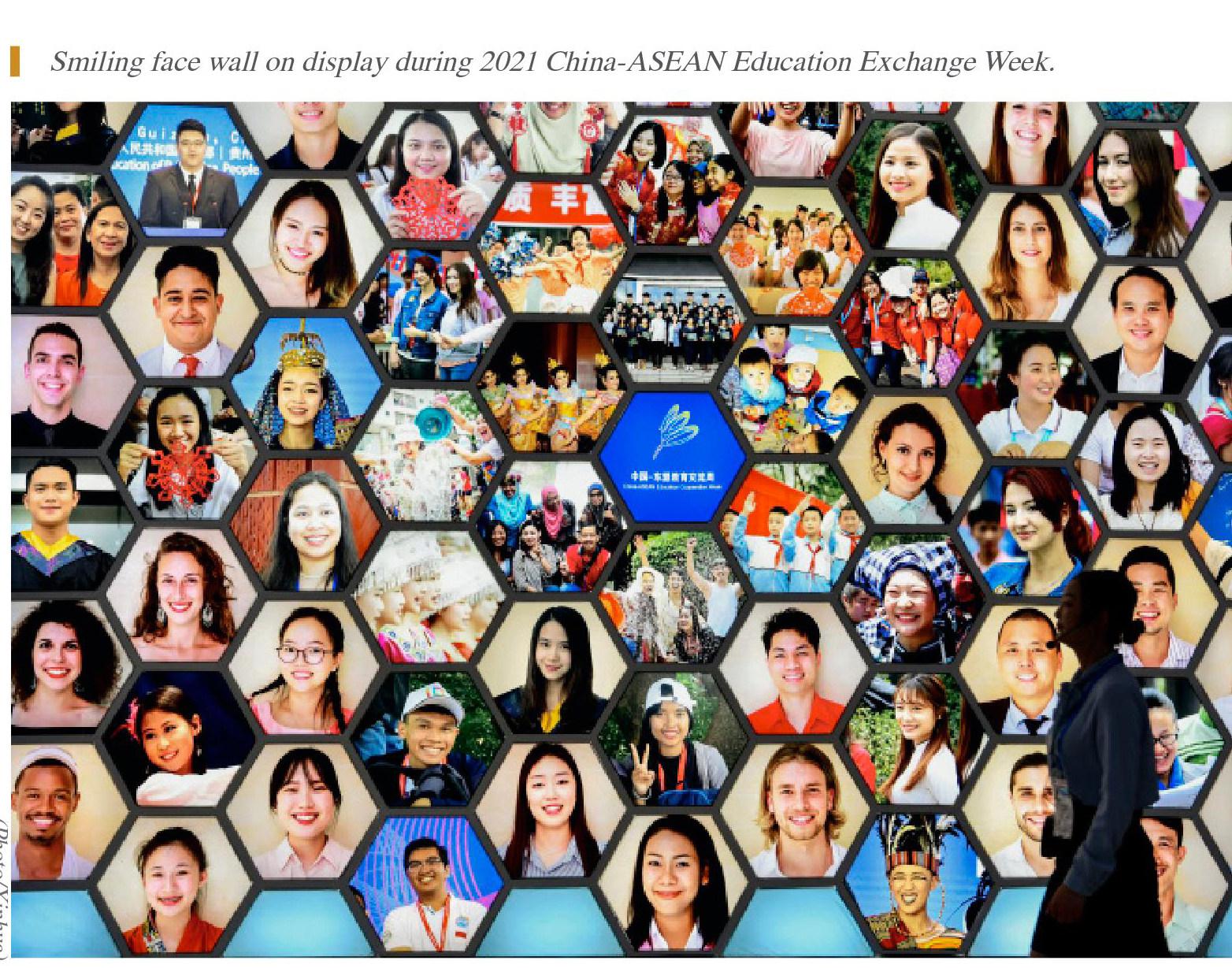
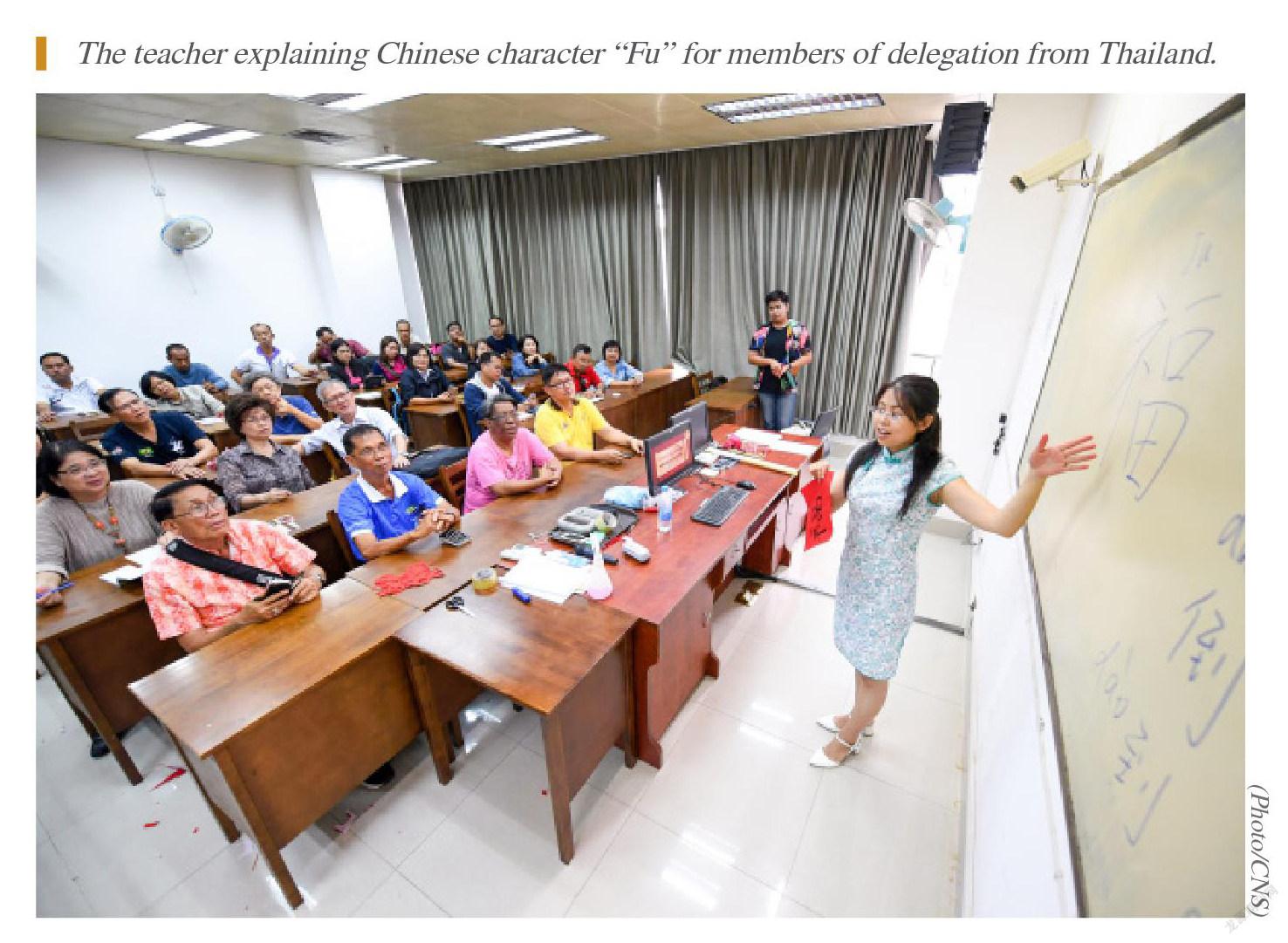
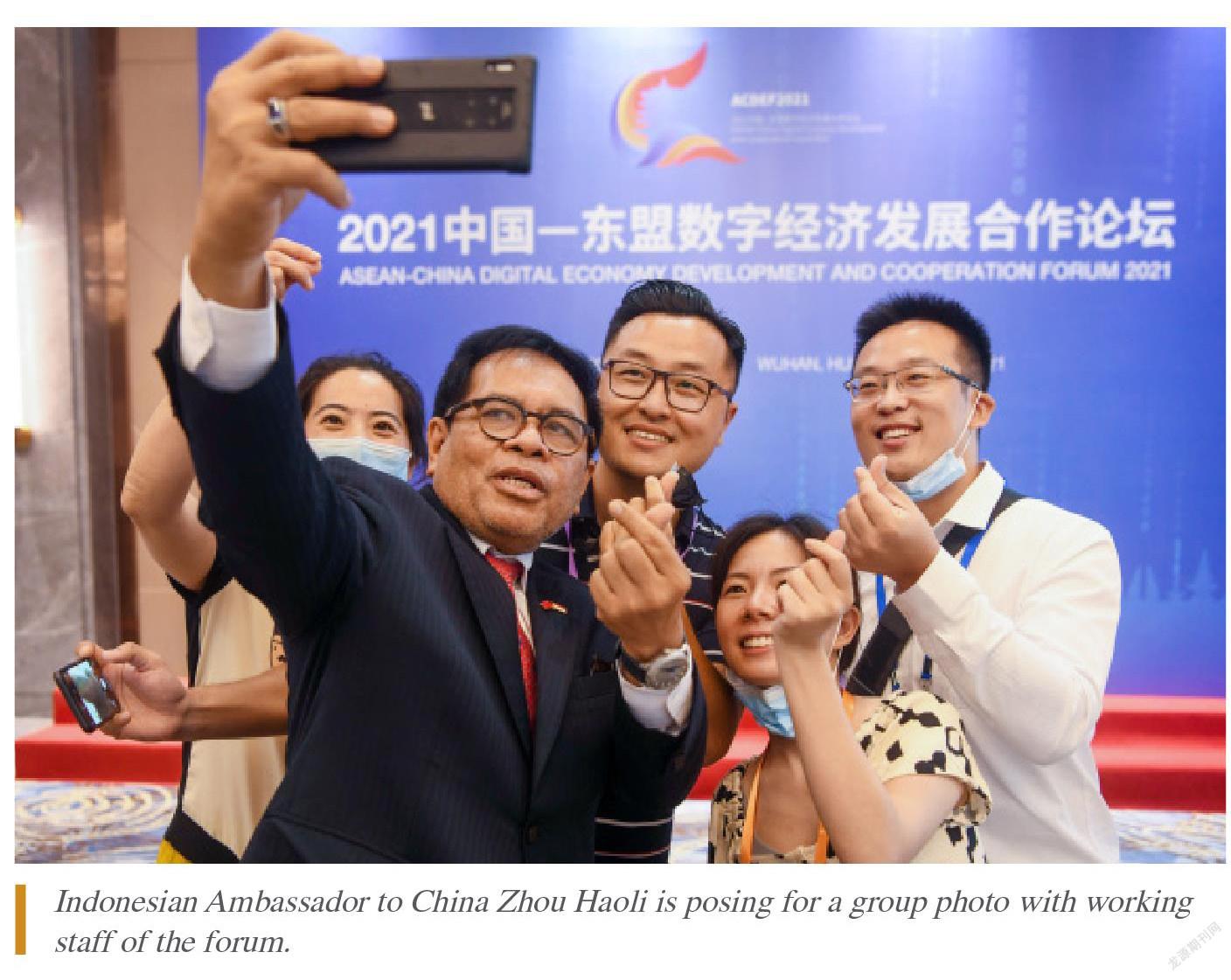

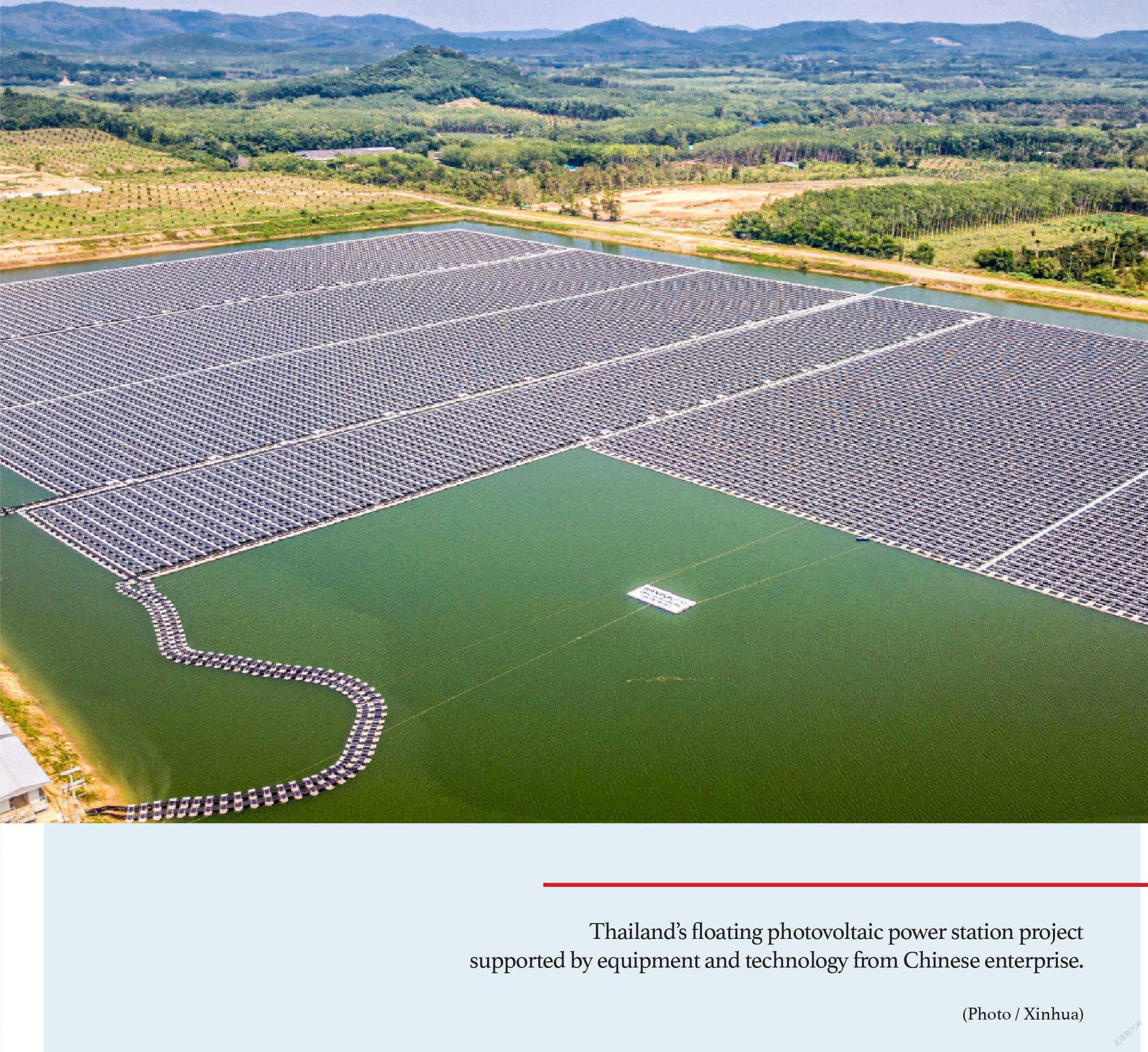
The friendly relations between China and ASEAN have a long and enduring history. Both sides have deepened their all-around cooperation, making each other the largest trade partner, the most resilient partner, and the most meaningful strategic partner. Since the outbreak of the COVID-19 pandemic, the two sides have joined hands to fight the pandemic and overcome the difficulties side by side, demonstrating with practical action the spirit of the community with a shared future featuring mutual support and solidarity. Looking back and forward, the fruitful China-ASEAN cooperation is not only a result of many shared interests in various fields between both sides but also because of their increasing political mutual trust.
The Importance of mutual trust
It is of great importance to build China-ASEAN political mutual trust, which is conducive to accelerating the building of China-ASEAN community with a shared future, as well as to creating a harmonious and stable neighborhood and shaping China’s national image of peaceful development.
Firstly, China-ASEAN community with a shared future needs mutual trust. On October 3rd, 2013, President Xi Jinping delivered a speech at the Indonesian Parliament, putting forward China’s readiness to build a 21st Century Maritime Silk Road with ASEAN countries and jointly build a closer China-ASEAN community with a shared future. Aimed at extensive consultation, joint contribution and shared benefits, the China-ASEAN community with a shared future advocated by China is not intended to make inform some kind of institutional arrangement that transcends nation-states, but rather to establish a recognition of shared interests and responsibilities between China and ASEAN countries based on political mutual trust. In the long run, building China-ASEAN political mutual trust is conducive to accelerating the building of the China-ASEAN community with a shared future.
Secondly, it contributes to creating a harmonious and stable neighborhood. Since the global financial crisis in 2008, security situation around China has been generally stable and controllable. However, frictions have arisen between China and some Southeast Asian countries over the South China Sea, and political trust among the parties has been somewhat challenged. Some major powers have also taken advantage of the situation by strengthening their direct military presence in the Asia-Pacific region, reinforcing and expanding the system of bilateral alliances in the region and actively forging new mini-multilateral security mechanisms in an attempt to exert greater strategic pressure on China. Under such circumstances, building China-ASEAN political mutual trust will not only help avoid the negative consequences of major power competition in Southeast Asia but also save ASEAN countries from the dilemma of choosing sides, to create a harmonious and stable development environment for both sides.
Thirdly, it is conducive to shaping China’s national image of peaceful development. A good national image, by its persuasive and appealing power, can gain more conscious recognition from other countries, allow the audience in the international community to consciously resist deliberate smearing by unscrupulous media, and consolidate and enhance the country’s international influence. President Xi Jinping pointed out that we should make efforts to shape our national image, focusing on China’s image as a responsible major country that adheres to peaceful development, promotes common development, safeguards international fairness and justice, and contributes to humanity. Building China-ASEAN political mutual trust is not only conducive to deepening all round exchanges and contacts between the two sides, but also helpful to shape China’s national image of peaceful development.
Historical Experience
Looking back at the 30-year history of China-ASEAN relations, each time a regional or global crisis occurred, cooperation between the two sides gained momentum and political mutual trust increased steadily. The reasons for this are mainly characterized by the following features.
First, the Five Principles of Peaceful Coexistence are the foundation. Unlike the Western countries led by the United States which have repeatedly and forcefully interfered in the internal affairs of other countries, China has always adhered to the five principles of mutual respect for sovereignty and territorial integrity, non-aggression, non-interference in each other’s internal affairs, equality and mutual benefit, and peaceful coexistence in the international community, and has been actively cooperating with ASEAN countries in various fields on this basis. For instance, following the political changes in Myanmar in February 2021, the United States took the opportunity to join forces with its allies such as Britain, France and Australia to openly intervene in Myanmar’s internal affairs, fanning the flames of conflict and creating chaos in Myanmar by its usual means. In contrast, China and ASEAN have maintained a highly consistent attitude in dealing with the Myanmar issue, always adhering to the Five Principles of Peaceful Coexistence and calling on all parties concerned to remain restrained to ensure peace and stability and normal social order in Myanmar.
Second, support for ASEAN’s core position is a prerequisite. China actively supports ASEAN’s leading role in regional affairs, supports ASEAN’s vision of regional order for inclusive development, and deepens cooperation with ASEAN based on respecting diversity, accommodating differences and progressiveness of the process. Firstly, China takes the initiative to participate in the ASEAN-led regional cooperation mechanism. Since the opening of the dialogue between both sides in 1991, China has joined quite several ASEAN-led regional cooperation mechanisms such as the ASEAN Regional Forum, the East Asia Summit, ASEAN+1, and ASEAN+3, to name some. Secondly, China takes the ASEAN norms as the major principle for regional cooperation.
Third, mutual benefit and win-win economic cooperation are crucial. Economic and trade cooperation between China and ASEAN has accelerated and expanded in depth and breadth. Firstly, investment cooperation has been promoted. Chinese companies’ direct investment in ASEAN in 2020 amounted to 16.06 billion U.S. dollars, a year-on-year increase of 23.3%. China has also worked with Malaysia, Indonesia and other ASEAN countries to create a new model of cooperation, namely “Two Countries, Twin Parks”, which has become a positive practice of international cooperation in building the Belt and Road. Secondly, the development of trade has been accelerated. The China-ASEAN trade volume rose against the backdrop of severe impact of COVID-19 pandemic on the global economy. China has been ASEAN’s top trade partner for 12 consecutive years since 2009, and the share of China’s trade volume in ASEAN’s overall foreign trade has been increasing year after year, reaching about 25% in 2020. Thirdly, the infrastructure cooperation has been deepened. China supports ASEAN in making infrastructure development a priority for economic revitalization, making joint efforts to promote hard connectivity in railroads, highways, ports, airports and other infrastructure development, promoting soft connectivity in regional rules and standards, and continuously strengthening the strategic alignment between the Belt and Road Initiative and the Master Plan on ASEAN Connectivity 2025. In short, with shared economic interests being expanded and enriched constantly, China and ASEAN have enjoyed increasing political mutual trust.
Fourth, the regional security mechanism is a guarantee. Since dialogue between the two sides started in 1991, China-ASEAN security cooperation has also been expanding and institutionalized. On the one hand, both sides have properly handled the South China Sea issue. In November 2002, China and ASEAN countries signed the Declaration on the Conduct of Parties in the South China Sea. In November 2017, at the 20th China-ASEAN Summit, the two sides agreed to formally launch consultations on the text of the Code of Conduct in the South China Sea, which marked major progress in jointly maintaining peace and stability in the South China Sea as China and ASEAN countries returned to the track of dialogues between direct parties concerned. On the other hand, both sides have constantly deepened the dialogue and cooperation in the security field. In January 2004, China and ASEAN countries signed a Memorandum of Understanding on Cooperation in the Field of Non-Traditional Security Issues, making clear and concrete plans for future non-traditional security cooperation between both sides. The two sides held the first informal meeting of China-ASEAN Defence Ministers and the China-ASEAN Ministerial Dialogue on Law Enforcement and Security Cooperation in 2015. In August 2018, China and ASEAN conducted their first live maritime exercise following a table-top one, which was a breakthrough in maritime military security cooperation between the two sides. China and ASEAN have been actively formulating implementation plans for government-to-government cultural agreements, and have further deepened people-to-people connectivity through cooperation in organizing branded events such as the China-ASEAN Expo, the Joyful Spring Festival and the Beautiful China.
Fifth, people-to-people and cultural exchanges and cooperation serve as links. The friendship of nations lies in the closeness of people, and exchanges between China and ASEAN in the fields of culture, education and tourism have deepened comprehensively. Firstly, both sides encourage cultural cooperation. Secondly, both sides have deepened cooperation in education. China has signed agreements on educational exchange and cooperation with all ASEAN countries, and agreements on mutual recognition of academic qualifications and degrees with Indonesia, Malaysia, the Philippines, Thailand and Vietnam. Both sides have exchanged over 200,000 students. Chinese universities offer courses in the official languages of 10 ASEAN countries, while ASEAN countries have opened 38 Confucius Institutes. Thirdly, both sides have expanded cooperation in tourism. In 2019, before the COVID-19 outbreak, the number of people travelling between the two sides surpassed 60 million, with an average of about 4,500 flights per week between China and ASEAN countries.
Path to Enhance Mutual Trust
Under the impact of the changes and the pandemic unseen in a century, countries suffer from difficult and tortuous economic recovery. Faced with a profoundly evolving industrial landscape and rising unilateralism and protectionism, new opportunities and challenges exist in the development of China-ASEAN relations. Under the new circumstances, China and ASEAN can further enhance political mutual trust in the following aspects.
First, relations between China and ASEAN countries should be deepened by the concept of friendship, good faith, mutual benefit and inclusiveness as well as the policy of building friendship and partnership with neighbouring countries. On the one hand, China will continue to firmly pursue an independent and peaceful foreign policy, unswervingly develop its partnership with ASEAN countries based on the Five Principles of Peaceful Coexistence, expand the convergence of interests with other countries, promote regional coordination and cooperation, and build an overall stable framework for neighbourhood relations. On the other hand, efforts will be made to strengthen the contacts between the CPC and the political parties of Southeast Asian countries, exchange experiences in the governance of the country through party-to-party channels, deepen the knowledge, understanding and support of each other’s development path, and thus strengthen the political foundation for cooperation between China and Southeast Asian countries in various fields.
Second, the role of ASEAN in maintaining regional order should be given full play on the premise of showing respect to the ASEAN way. Firstly, ASEAN’s balance of power strategy should be treated rationally and objectively. China should fully respect ASEAN’s choice on specific regional issues to reduce the pressure on ASEAN countries to choose sides. Secondly, China should consolidate and strengthen the existing regional cooperation mechanisms centred on ASEAN and give them a new impetus to enhance cohesion within ASEAN, better utilize ASEAN’s leading role in external affairs and jointly meet the current and future changes in the international and regional communities. Finally, based on adhering to the ASEAN approach of openness, inclusiveness, transparency, mutual respect for sovereignty, non-interference in each other’s internal affairs, equality and reciprocity, China will cooperate with ASEAN countries in important areas such as maritime security, connectivity, sustainable development and combating pandemics, taking into account differentiation and gradualism and gathering synergies with inclusiveness and patience.
Third, efforts should be made to shape the new dynamics of China-ASEAN economic cooperation on all fronts by taking the entry into force of the Regional Comprehensive Economic Partnership (RCEP) as an opportunity. The first is to promote the full implementation of RCEP, enhance China-ASEAN trade and investment, strengthen supply chain resilience, maintain market openness, reduce non-tariff barriers, promote regional connectivity, and boost the development of tourism and small-and-medium-sized enterprises. The second is to strengthen China-ASEAN cooperation on the digital economy, increase the supply of public products for ASEAN digital infrastructure, finalize the Digital Economy Partnership Action Plan at the earliest date, accelerate technology transfer, build innovation and entrepreneurship cooperation platforms, improve ASEAN e-commerce, digital connectivity and ICT, promote the digital transformation of small and medium-sized enterprises, and ensure data and network security. The third is to focus on strengthening China-ASEAN cooperation on sustainable development, in particular enhancing cooperation on investment in the fields of energy, agriculture, green infrastructure, disaster management and sustainable development.
Fourth, efforts should be made to build a new pattern of universal regional security guided by the Asian Security Concept. At present, the security cooperation mechanisms in Southeast Asia coexist in multiple models and are mutually constrained. There is an urgent need for China and ASEAN to uphold the shared, comprehensive, cooperative and sustainable concept of security in Asia and to work together in building a universal security pattern in the region. The first is to build a platform for regional security exchanges and cooperation, strengthen the dialogue and communication on regional security concepts in the second track, and cultivate a shared security concept. The second is to use non-traditional security cooperation elements such as marine environmental governance, maritime humanitarian relief and maritime connectivity as the anchor point for building a series of sustainable multilateral cooperation mechanisms to reduce the chances of maritime conflicts. The third is to deepen cooperation on military security, maintain the exchange of high-level visits, strengthen the exchange of views on international and regional security issues, set up a mechanism for regular meetings, and deepen cooperation in areas of counter-terrorism, joint search and rescue and exercises at sea, combating transnational crime and disaster management.
Fifth, efforts should be made to create a new situation of people-to-people and cultural exchanges between China and ASEAN based on the concept of promoting mutual learning among civilizations. China should carry out all-around, multi-subject and in-depth people-to-people and cultural exchanges and cooperation with ASEAN to further promote people-to-people connectivity. The first is to continuously improve the quality and level of exchanges and cooperation in education between China and ASEAN countries. China may take advantage of the location of Guangxi, Yunnan and Hainan to create a model base on cooperation in education, especially to strengthen that between China and the Mekong countries. The second is to deepen the exchanges and cooperation of media between China and ASEAN countries. Both sides can strengthen dialogue and cooperation, promote the exchange of experiences in cyberspace management, and jointly plan large-scale exchange activities such as the China-ASEAN Media Leaders Summit and the ASEAN-China Media Cooperation Forum. China may vigorously support the development of radio, film and television industries in ASEAN countries, and encourage the joint development and production of more works sharing stories about China, ASEAN countries as well as China-ASEAN friendship. The third is to expand and deepen think tank exchanges and cooperation between China and ASEAN countries. Both sides should support the cooperation by China-ASEAN academic research institutions, think tanks and universities in form of subject research, academic exchanges and publication of works, giving priority to research and sharing of results on subjects of governance, development paths, culture and law, promoting the growth of China-ASEAN academic research strength and helping to enhance the political mutual trust between China and ASEAN.
——————————————
Luo Shengrong is a Research Fellow of Belt and Road Research Institute as well as the Institute of International Relations, Yunnan University

